In Volterra there is. “the Amphitheater that wasn’t there!” While the local reclamation consortium was doing work to restore a canal, fragments of masonry were found that no one imagined would be found there. This is the beginning of the astonishing story of an archaeological discovery in the 2000s (it was 2015: Finestre Sull’Arte previously reported on it here, here and here), the discovery of the great Roman Amphitheater of Volterra, located next to the Theater, without any historical source mentioning it. There is no trace of it in any document, and nothing could have led scholars to assume that there was also an amphitheater in Volterra. And the Tuscan irony therefore renamed it, “The Amphitheater that wasn’t there.” So much so that a Facebook page was even opened to follow step by step this find that was immediately recognized as sensational. No one was looking for it, and now that it has been found it increases the interest about it, its function, its author, its fate: totally covered by the earth, it has remained in oblivion for so long, in a mysterious way, that this situation determines an additional element of interest and curiosity. Volterra, already an important city archaeologically speaking, has been joined by a new guest who may provide new and important information about the life and development of this already important center of antiquity. At the end of 2023 the last excavation campaign will start, which in 24 months without interruption should complete the excavation work and thus bring to light the building as a whole. Finestre Sull’Arte caught up with the head of the excavation operations, Dr. Elena Sorge of the Soprintendenza Archeologica, Belle Arti e Paesaggio for the provinces of Pisa and Livorno, and with this interview we took stock of the state of the art and the implications of this important and unexpected discovery.

AL. How does it feel to be in charge of the excavation work of uncovering a complex artifact of such magnitude after the great finds were thought to belong to a bygone era?
ES. Well ... how should I put it ... archaeology is discovery by definition, and I deeply believe that being open and ready for anything new is an indispensable skill in my work. It is like receiving as a gift a very ancient volume and having the privilege of being able to leaf through it first. I think it is after all the dream of every archaeologist, ultimately fulfilling the childlike soul that remains in each of us, combining the adventurous side with the strictest scientificity.
When you realized that we were facing an incredible discovery, what was your reaction?
I didn’t sleep for a week, and I was left for days with a big smile on my face. I, in part, stopped smiling when I realized the responsibility....
Let’s take stock of the work. The discovery happened by accident about seven years ago, and now according to you we have unearthed what percentage of the construction that was found?
A little less than a quarter. The good thing, however, is that we have had funding that gives us the confidence that we can finish the excavation, restoration and enhancement of the site.
When should work start again on the next excavation campaign ?
At the end of August, the call for tenders for the contracting of the work will start. The work is expected to be delivered by the end of the year.
What are you going to focus on?
The morphology of the site requires us to excavate in a clockwise direction, completing the investigation of one sector before tackling the adjacent one, this is because the monument has occupied the entire small valley and otherwise we run the risk of closing off access routes.
How many people have been employed so far and how many working days overall have been needed to get to where we are in the excavations? How long do you think it will take to approach 100%?
We have carried out 7 excavation campaigns lasting 2/3 months each. An average of about 20 people per campaign were employed between archaeologists, workers, surveyors, etc. After each excavation campaign, funding had to be found for the next one. Now the tender is for contracting the work until the excavation is completed. Barring problems due to bad weather, the excavation will last about 24 months without interruption. And upon completion of the excavation, restoration and enhancement works will begin.
What era is it possible to date this work?
Julio-Claudian era, in which Volterra, thanks mainly to large and important families closely connected with the center of power, saw great development.
What was its function?
To host gladiatorial shows, that is, fights between gladiators, between beasts, and between beasts and gladiators.
How many people could it hold?
We don’t know yet.
 The
The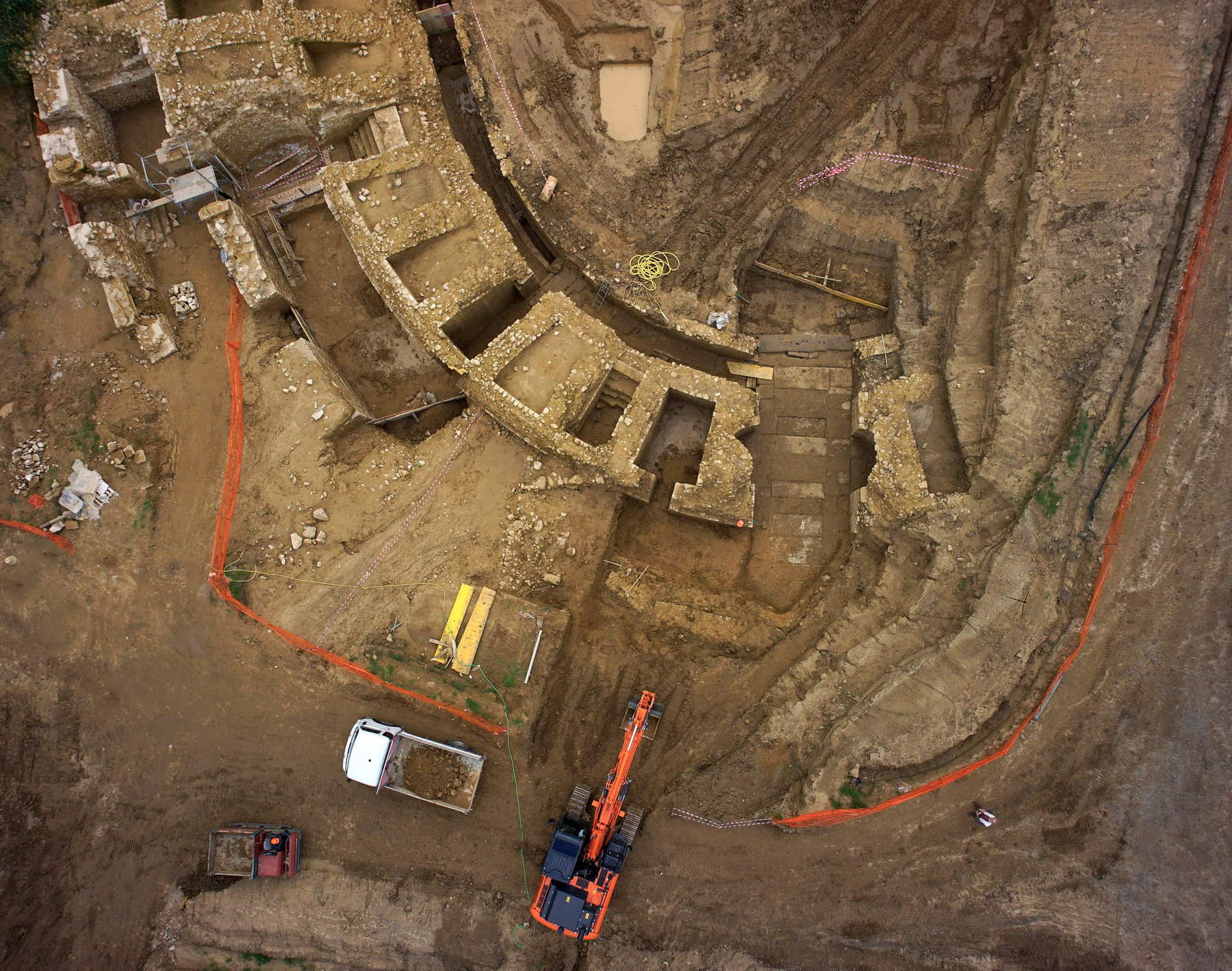 The excavation of the Volterra Amphitheater, "The
The excavation of the Volterra Amphitheater, "The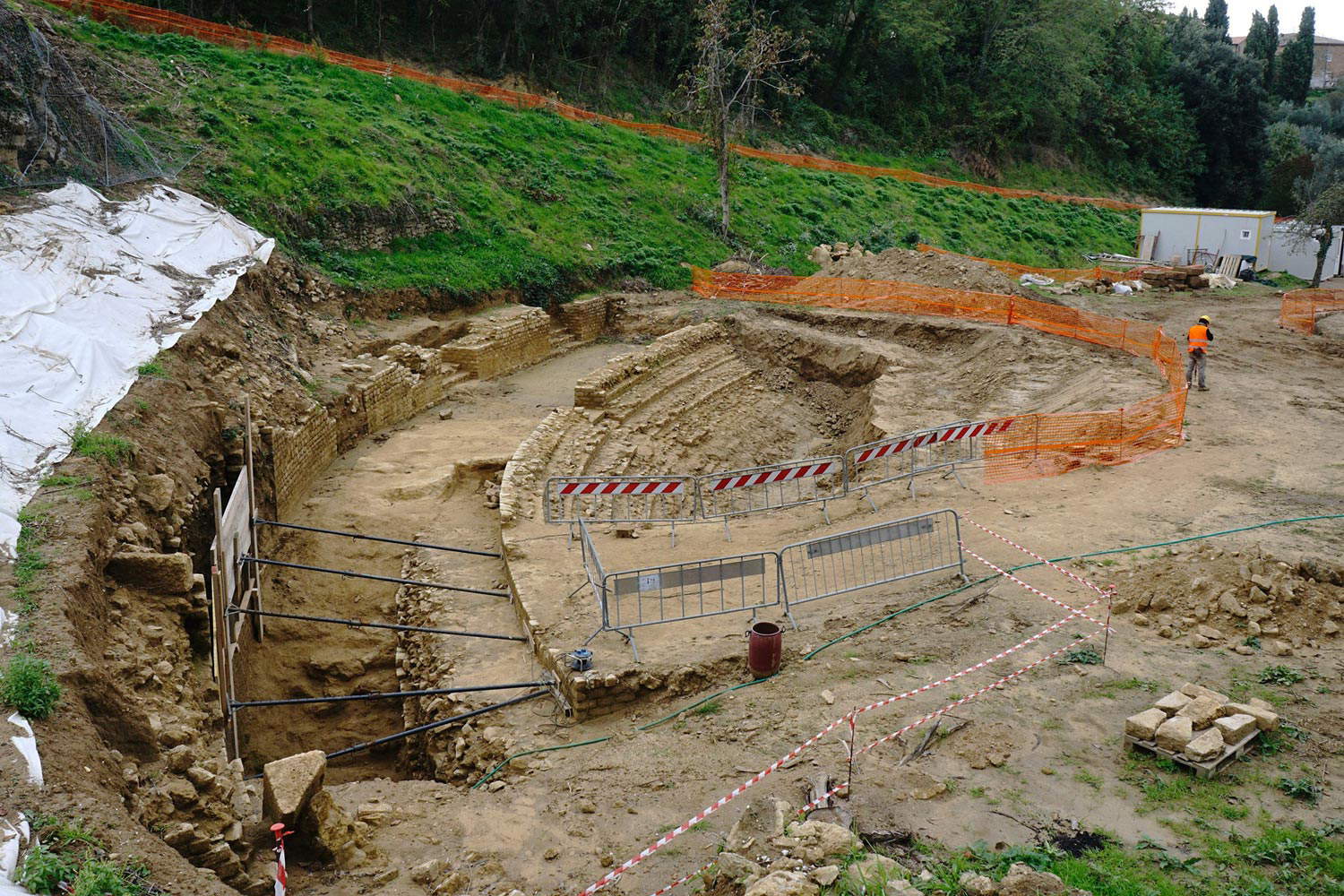 The excavation of the Volterra Amphitheater, "The
The excavation of the Volterra Amphitheater, "The The excavation of the Volterra Amphitheater, "The
The excavation of the Volterra Amphitheater, "The The excavation of the Volterra Amphitheater, "The
The excavation of the Volterra Amphitheater, "The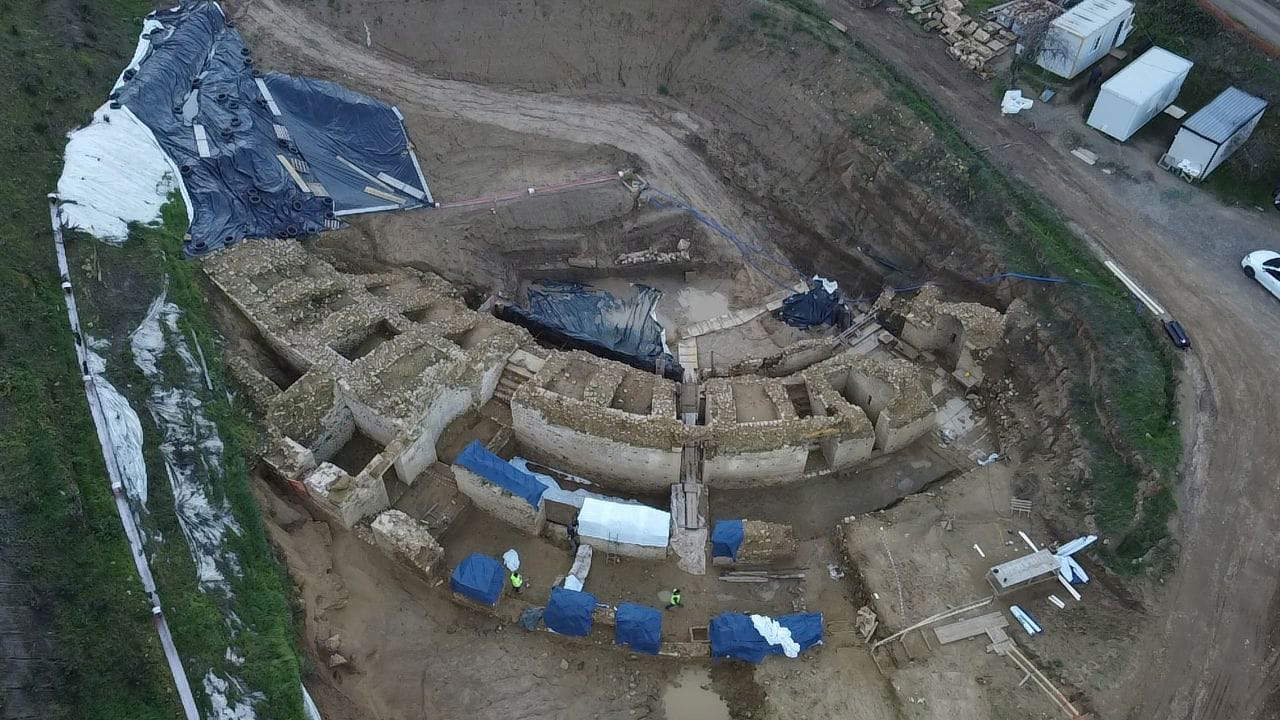 The excavation of the Volterra Amphitheater, "The
The excavation of the Volterra Amphitheater, "The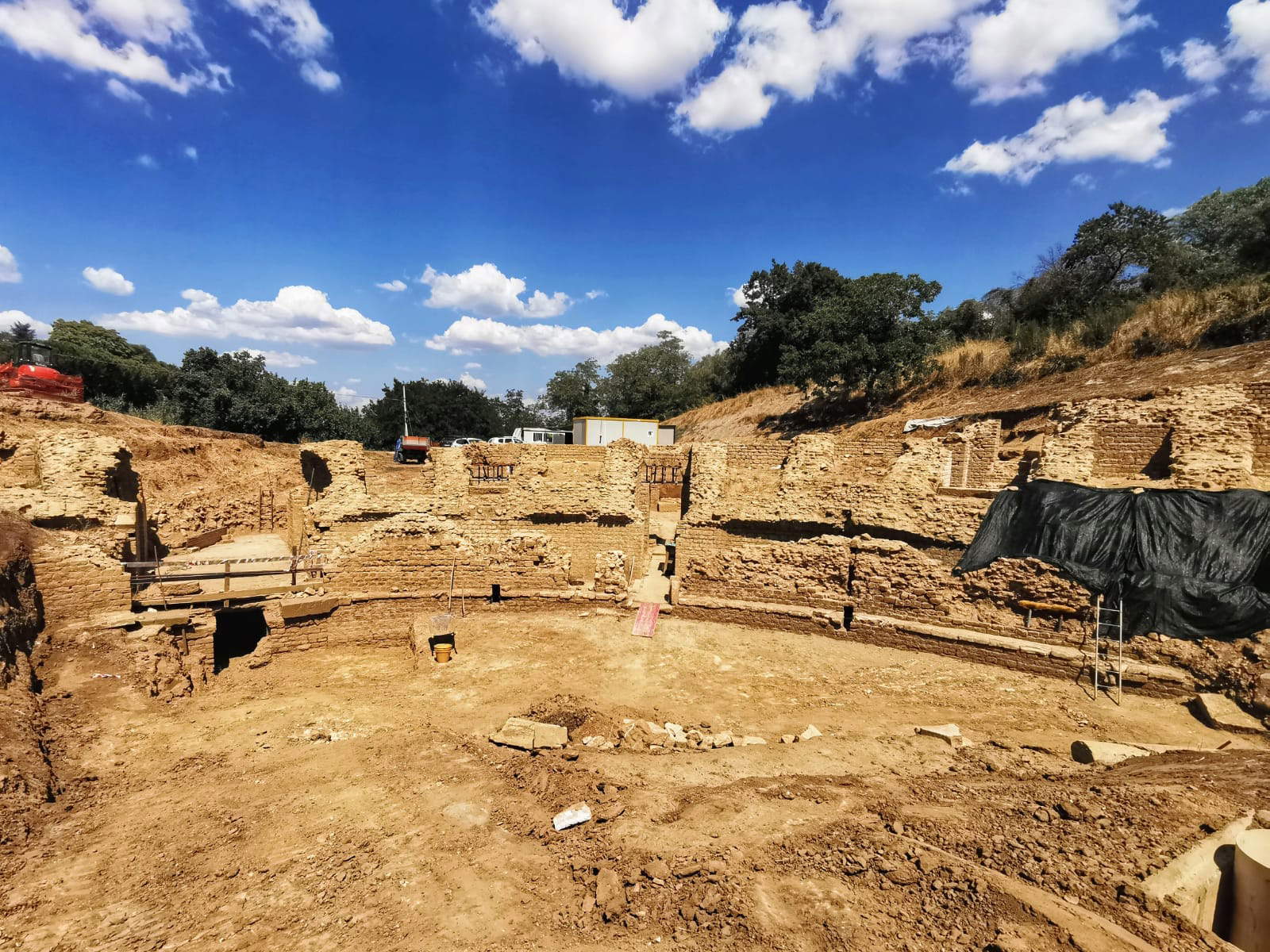 The excavation of the Volterra Amphitheater, "The
The excavation of the Volterra Amphitheater, "The The excavation of the Volterra Amphitheater, "The
The excavation of the Volterra Amphitheater, "TheIn the eras following its construction it experienced oblivion due to what in your opinion?
In my opinion to the fact that as the area ceased to be used for performances, so did maintenance, and in a short time the burial of the monument began, which was rather rapid. Nevertheless, as this was one of the very few plains around Volterra, the area in the center, corresponding to the arena to be exact, was used for cultivation, raising the ground level as the small valley became silted up.
In the idea of political Volterra in Roman times, can this discovery change the perception we had of the city in those years?
Absolutely. The relations of the Volterran aristocracy with Rome will also have to be better clarified. The existence of a magnificent (and very expensive) theater next to an amphitheater forces an important reflection. Suffice it to mention that the other amphitheaters known so far in Etruria are in Florence, Arezzo, Lucca, Luni, then part of the Region of Etruria, and a very small amphitheater at Roselle. With the exception of Roselle, whose amphitheater still constitutes a puzzle to this day, the others are all cities of the highest order.
The Etruscan fortifications, the Roman theater and amphitheater... Trying to plunge with thought back to that time, what was in front of the citizen who at that time climbed to the top of the hill to get to Volterra? What kind of city was it?
I like to think, but I have no proof, that the Roman arriving in Volterra from the Chianti side would pass through the walls, which were certainly well preserved at the time, and have a view of the amphitheater with the theater behind it. But, for now, it is only a suggestion.
Could the author of the amphitheater in your opinion have been the same as the theater? What character could it have been and why was it then all buried and lost over the centuries all reference to his work?
An American scholar, Wladek Fuchs, has published a suggestive hypothesis that sees the designer of the theater as even the creator of the theater of Marcellus in Rome, the theater and amphitheater in Merida, Spain, and then the theater and amphitheater in Volterra. On the basis of geometric-mathematical investigations Fuchs thus hypothesizes a single mind behind all these performance buildings, thanks to a deep political connection with Augustus’ family. If so, at least the genesis of our amphitheater should place itself in the first/second decade of the Vulgar Era. The archaeological data for now advise a certain caution, and lead us to attest to a slightly later period, but much remains to be discovered.
How has the work compared to the great campaigns of the nineteenth and twentieth centuries changed? Compared to the bare hands with which people dug in Egypt to modern technologies how has the way of organizing work and then implementing it changed?
The dust, toil, commitment, enthusiasm and sweat remain the same, the technique has changed in two directions: the first is safety, which cascades with the identification of safer and less strenuous excavation techniques, such as the use of small excavators and methods of moving the earth away from the excavation, through hoists, small cranes and whatnot. The second is the use of modern excavation methodologies. Today, and for many decades, we excavate stratigraphically, that is, by removing layer after layer. Archaeological excavation is by its very nature destruction. Page after page, the book of history is removed by us and thus destroyed. Hence we well understand the importance in the first place of correctly identifying each layer, excavating it, and then carefully documenting it using all existing technologies. Fundamental then is the participation at the site of various entities, with which collaboration agreements have been made, such as the CNR, various universities such as that of Florence and Detroit, the Pisa Fire Department and specialized firms. In fact, an excavation like this needs to be prepared and monitored through - and thanks to - the intervention of people of science who, with the latest technologies, such as georadar, support us as best they can, along with geologists and structural engineers. Our site, moreover, is an “INAIL model” site, and with INAIL officials we are trying to draft specific guidelines for safety on archaeological sites.
Enthusiasm, certainly, but lots of science then.
 The
The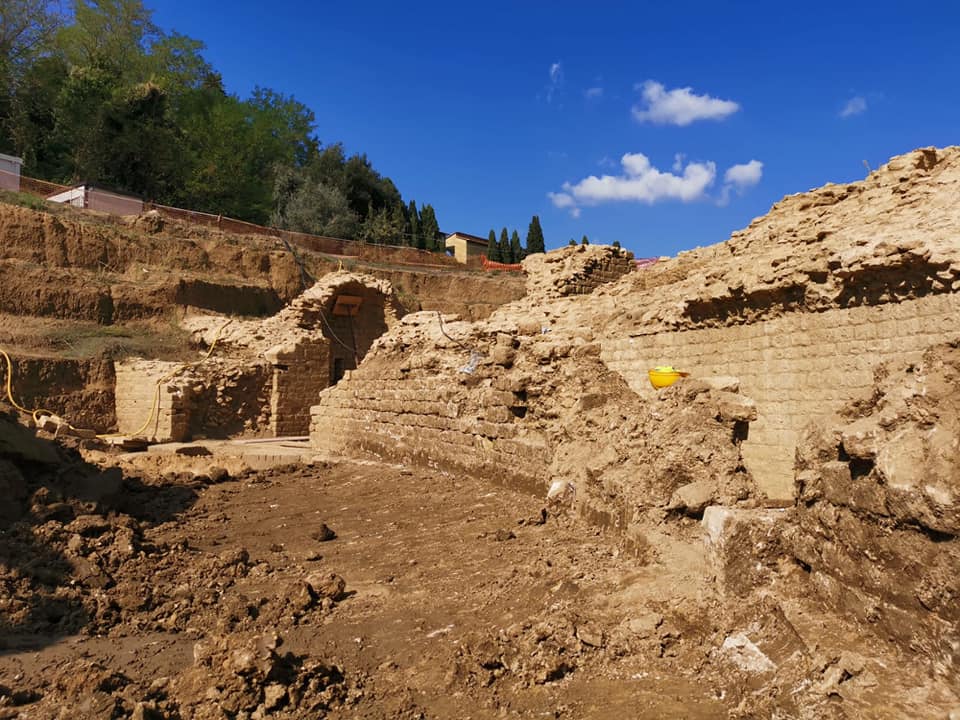 The excavation of the Volterra Amphitheater, "The
The excavation of the Volterra Amphitheater, "The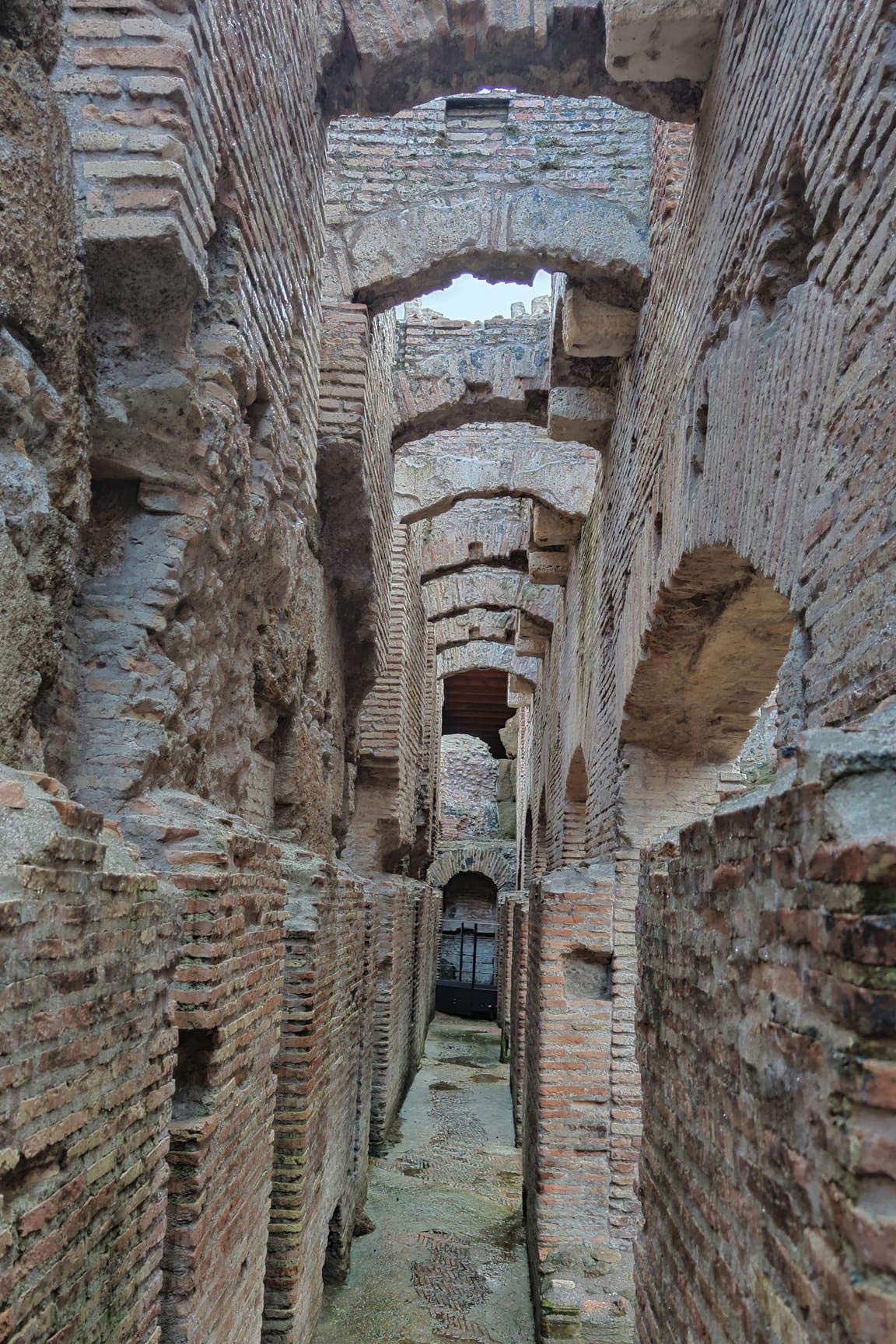 The excavation of the Volterra Amphitheater, "The
The excavation of the Volterra Amphitheater, "The The excavation of the Volterra Amphitheater, "The
The excavation of the Volterra Amphitheater, "The The excavation of the Volterra Amphitheater, "The
The excavation of the Volterra Amphitheater, "The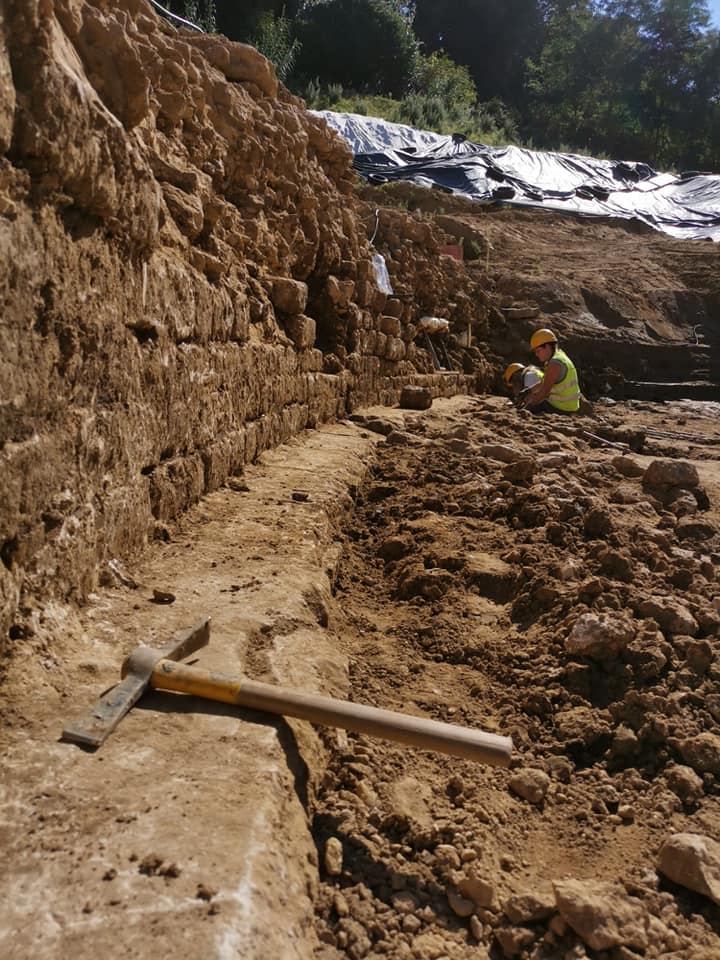 The excavation of the Volterra Amphitheater, "The
The excavation of the Volterra Amphitheater, "The The excavation of the Volterra Amphitheater, "The
The excavation of the Volterra Amphitheater, "The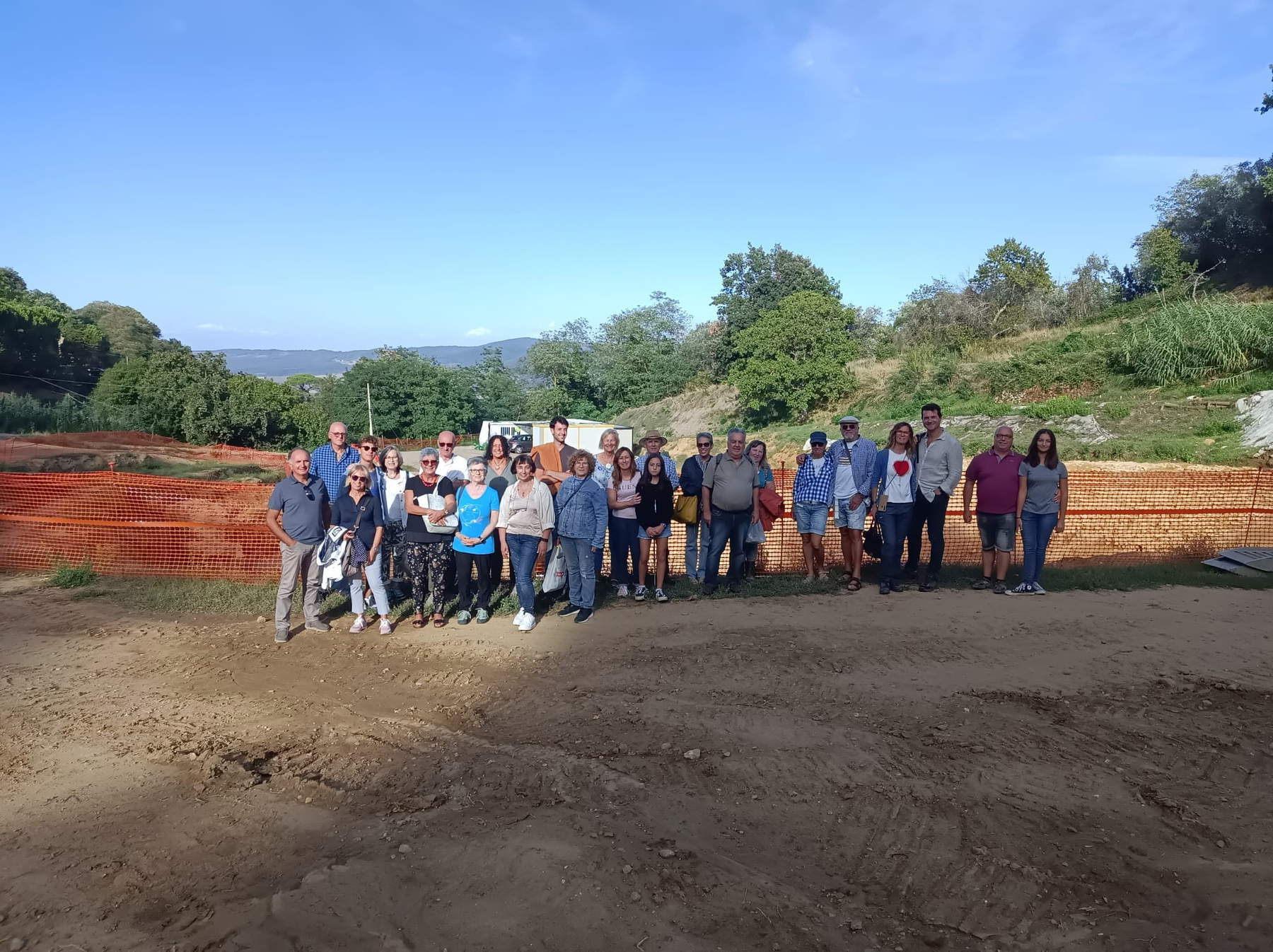 The excavation of the Volterra Amphitheater, "The
The excavation of the Volterra Amphitheater, "TheWhat equipment is essential for research and excavation that you have today?
Excavation per se is basically done by hand, using very old tools such as shovel, pickaxe, all the way down to the trowel (a small, triangular-shaped, pointed English trowel about 10 cm long), the fetish of every self-respecting archaeologist, and even more precision instruments such as specils or others. The difference lies in the use of instrumentation to document the excavation, both photographic and cartographic, such as the Total Station or the Laser Scanner.
Discoveries like this prompt the thought that - like looking at the sky - not everything we know about our Earth. How many such things can still happen, especially with the instrumentation we have today and the help of satellites scanning palm to palm?
“There are more things in heaven and earth, Horatio/Than are dreamt of in your philosophy”-I think it is still substantially true.
Is the great season of discovery now definitely over? Or can there be something that will change our knowledge about some past era?
As San Casciano dei Bagni has recently shown us, we can still expect great things.
After all we have unearthed in the world, a young person might ask, “Does it make sense to keep digging today?” What would he or she answer?
Of course it does! Whether it makes sense, on the other hand, to continue and stubbornly leave in view excavations, old and new, that we are unable to maintain, and whose valorization would be complex, ultimately not indispensable, is, instead, the question, in my opinion, to ask. Let me give you a Volterran example: since the beginning of the 20th century the Acropolis of the city of Volterra has been systematically investigated by the University and the Superintendence. Until now, everything that has been investigated has remained in view, but this in no way has led to a better understanding of the site by the public. In these weeks we are beginning, in collaboration with the University of Pisa and the Municipality of Volterra, a campaign of re-interments, restorations and enhancement of the entire area so that only the most significant and best-preserved buildings will be left in view and well enhanced. So excavate yes, of course, but it is also necessary to study, publish and in the vast majority of cases, cover.
Leaving the scientific community aside for a moment, does the tourist “deserve” it?
Always and always-or almost.
How many resources have been expended so far and how much would be needed to complete it all. How helpful in this has a regulatory tool like the Art Bonus been?
Very much so. The kickoff, after the very first investigations that followed the discovery in 2015 and allowed us to understand what we were dealing with, was given by the Fondazione Cassa di Risparmio di Volterra, which financed, through Art Bonus, the first real excavation campaign, in 2019, for an amount of 250,000 euros. The following year, thanks to the Art Bonus competition, this amount was repeated, and to this was added 250,000 euros from the Region of Tuscany. In 2021, another 250,000 euros were allocated by the Tuscany Region and an additional 250,000 by the Ministry of Culture. To these figures must be added minor campaigns amounting to about another 200,000 euros. In 2022 the Ministry has allocated us the sum of 4,500,000 euros to finish the excavation and an additional 3,000,000 for enhancement. One thing I would like to emphasize finally is that this is a team effort; my name always emerges, but behind, in front of and all around me there are dozens of people, first of all the superintendent, to move on to all the colleagues in my office and collaborators, the archaeologists, topographers, architects, engineers, restorers, geologists, archaeo-zoologists. To all those who participate in this adventure I want to extend my thanks for their work and commitment.

The author of this article: Andrea Laratta
Giornalista. Amante della politica (militante), si interessa dei fenomeni generati dal turismo, dell’arte e della poesia. “Tutta la vita è teatro”.Warning: the translation into English of the original Italian article was created using automatic tools. We undertake to review all articles, but we do not guarantee the total absence of inaccuracies in the translation due to the program. You can find the original by clicking on the ITA button. If you find any mistake,please contact us.